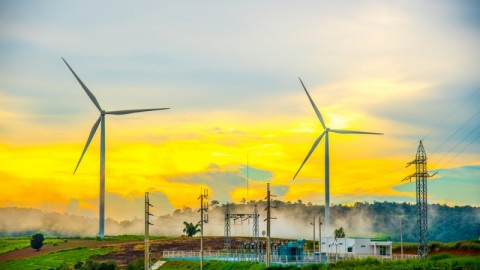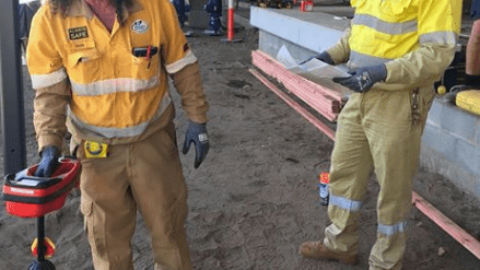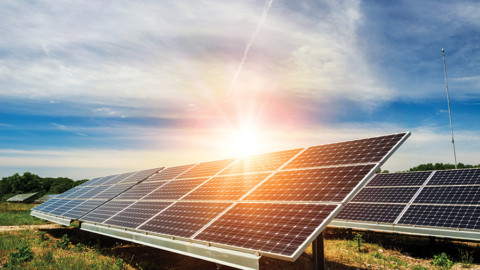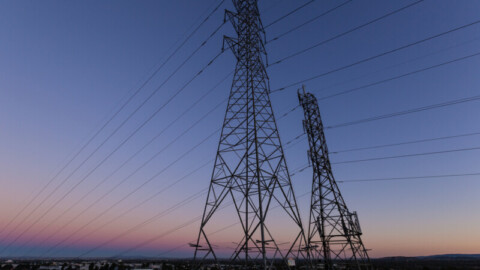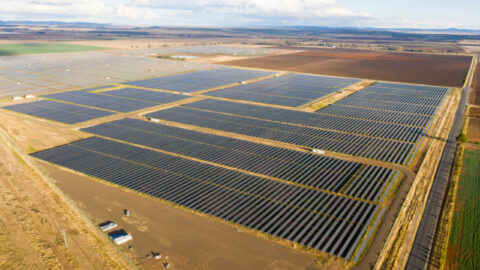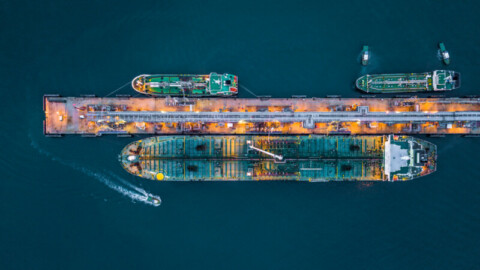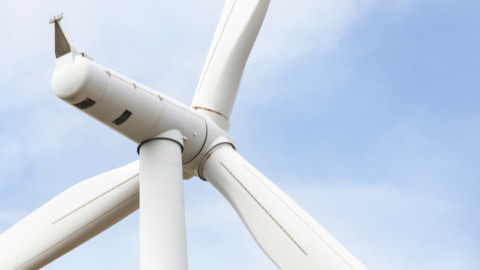By Fareed Kaviani, Yolande Strengers, Rex Martin, Hannah Korsmeyer, Kari Dahlgren, and Sarah Pink, Monash University
There is widespread recognition that the energy transition requires putting consumers at the centre of sector planning, investment and reforms. But what does that mean in practice? Is it only a matter of people accepting new energy technologies, changing their behaviours, and engaging with market offers and incentives?
The Digital Energy Futures (DEF) project at Monash University’s Emerging Technologies Research Lab started on the premise that focusing on consumers involves a better understanding of their everyday lives – both as lived today, and as they expect and want to live in the future.
The DEF project was specifically concerned with how people anticipate they will live in 2030 and 2050, and what these anticipated futures will mean for energy planning and forecasting in Australia.
Our approach is grounded in design ethnography, which involves inviting people to creatively engage with possible futures through interactive activities and conversations in order to develop foresights for energy planning.
As part of this Australian Research Council Industry Linkage project, the research team developed four scenarios (Figure 1) that constructively engage with existing industry scenarios. The DEF scenarios represent the project’s sixth stage and draw on the extensive evidence base developed over four years (Figure 2).
The scenarios are speculations about how people will live in the future with climate change and emerging digital and energy technologies. The innovative approach positions routines and future expectations of everyday people at the heart of energy visions and forecasts.
Where are the consumers?
Current industry scenarios increasingly identify people and their energy technologies as a key uncertainty impacting the system.
However, current industry scenarios include limited data about how people are likely to respond to the energy transition or live in the future. Many assumptions are made about consumer technology uptake, use, and tariff response behaviours. These assumptions are critical to realising future grid stability across industry scenarios.
In DEF’s sixth stage, we analysed 46 energy scenarios across 14 industry reports and found that many consumer-led scenarios are still heavily technology-driven and focus on people’s consumption of energy or their role as market participants. By framing people as consumers, energy scenarios overlook important emerging trends, such as the role of air conditioning and purification in providing safe and healthy air (as well as comfort).
We identified three dominant types of industry scenarios that are distinguishable by their outcomes and core assumptions about people (Figure 3). By focusing on the role and impact of Consumer Energy Resources (CER) and automation on the energy system, industry scenarios miss opportunities to account for the diversity of people’s everyday practices and forms of energy engagement. This results in a single path towards a reliable and stable future grid: with assumptions about consumer adoption, acceptance and efficient use of CER at its core.
Scenarios for future living
The DEF evidence base includes emerging megatrends (Stage 1), household trends (Stages 2 and 3), demand management opportunities (Stage 4) foresights (Stage 5), and climate change science (Stage 6). The scenarios are also grounded in the everyday realities of three diverse households, developed using evidence-based foresight from research with real people.
In 2030, the Johnson’s are a high income and tech-savvy family living in the suburbs, Xinyi is a low-income city apartment renter who lives with a pet, and Ruth and Robert are an older couple living in a rural farming area. Their stories shift, allowing us to experience what it could be like to live in each possible future from different perspectives.
The first two scenarios are set in 2030. In Creature Comforts (Figure 4) (responding to Disruptive Energy Technology industry scenarios), people seek a reliable grid to meet their daily household needs. As living expenses rise, more time is spent at home. Household priorities such as comfort and safety are aligned with uptake of consumer electronics.
There is an expansion of habitable spaces for household activities, but sheds and other converted areas are poorly insulated and inefficient. Heating and cooling systems, hot tubs, saunas, and pools are all installed more frequently. The grid’s energy demand increases throughout the day on hot, polluted days, in contrast to the expected “death spiral” in disruptive technology scenarios.
Developing a better understanding of the diverse ways consumers use automation to meet their lifestyle expectations is essential to planning and preparing for this scenario.
In Sharing the Load (Figure 5) (responding to Prosumer Participation industry scenarios), people embrace opportunities to use CER in ways that make sense for their own lives, everyday priorities and values. Some people shift their daily activities to make use of abundant clean and cheap energy and households with solar PV maximise solar self-consumption to maximise financial returns.
Other households respond to the opportunity to use ‘spare’ renewable energy when solar and wind generation is high, sharing their energy in resourceful and generous ways by participating in community-oriented services and initiatives. However, tariff complexity around generation, storage, and export with battery storage leads to conflicts between networks and customers.
Those who place a higher priority on simplicity than efficiency participate less in mainstream energy markets. The energy transition needs to offer people opportunities to participate in more ways than through their technologies or market tariffs and trading opportunities in order to realise the potential energy system benefits of this scenario.
In response to industry’s Automated Futures scenarios, the DEF team generated two further scenarios set in 2050, when climate science projections of more extreme weather events and hotter temperatures are expected to have a significant impact on everyday life.
In Hunkering Down (Figure 6), people largely realise industry visions for embracing automated technologies in their homes, with some important exceptions. While advanced automated energy systems and smart devices may improve energy efficiency, households override the grid’s ability to control their systems, especially during extreme weather events.
Potential outages caused by extreme weather events motivate people to charge their vehicles and batteries, causing unpredictable peaks in demand. As people “hunker down” during extreme weather, living spaces are expanded and need retrofitting while home gyms and other creature comforts increase in popularity.
With rising air quality concerns, automated energy management services face an additional challenge from non-discretionary technologies with integrated cooling, purification and (de)humidification, increasing their uptake and use. As the energy system evolves, industry needs to rethink how CER are automated and engage people in ways that match their priorities and concerns.
In Sunrises and Siestas (Figure 7), home is no longer the primary refuge from extreme weather, with climate-controlled public places for work and leisure becoming ubiquitous.
Investment in community services and infrastructure improve resilience to extreme weather events such as prolonged heat waves, floods, and droughts, and help protect those who are most vulnerable from uncertain futures.
Institutional routines shift to support work, schooling and leisure activities during the cooler parts of the day, with hybrid arrangements in place. Ultimately, Sunrises and Siestas emphasises the importance of societal transformation in achieving sustainable and resilient energy futures.
Putting people at the centre into practice
Creating scenarios that centre people’s everyday lives and future expectations reveals new opportunities for household participation and collaboration with the energy system. These opportunities include supporting people’s interest in non-market based participation in the energy transition, including energy sharing and community-based initiatives.
They also include engaging with and supporting consumers in achieving their priorities in ways that align with energy system objectives, such as providing healthy air for their family, creating plans and contingencies for extreme events, investing in new entertaining and leisure spaces and technologies, or running a business from home.
Engaging with these priorities will ensure the industry can more accurately forecast future demand and seek new ways to align the needs of the future grid with those of households. The Scenarios for Future Living report also provides an extensive list of databases and datasets that are available for forecasters and other interested parties to track the emerging trends identified in our research and featured in the scenarios.
The datasets cover demographic, health, and social trends; consumer electronics and technology adoption, and environmental and climate change forecasts. We hope that the DEF scenarios and resources provide the industry with a new way of thinking about what it means to put consumers – or people – at the centre of the energy transition, and enable robust consideration of people’s future everyday lives in energy planning.
The authors of this article acknowledge the contributions of Dr Larissa Nicholls as a member of the research team. This research is supported by the Australian Government through the Australian Research Council’s Linkage Projects funding Scheme (‘Digital Energy Futures’ project number LP180100203) in partnership with Monash University, Ausgrid, AusNet Services and Energy Consumers Australia.
We extend our gratitude to all of the research participants who took part in the Digital Energy Futures project.
Digital Energy Futures Project: https://www.monash.edu/digital-energy-futures
Scenario illustrations by Stephen Elliget (https://epicsteve.com/)











